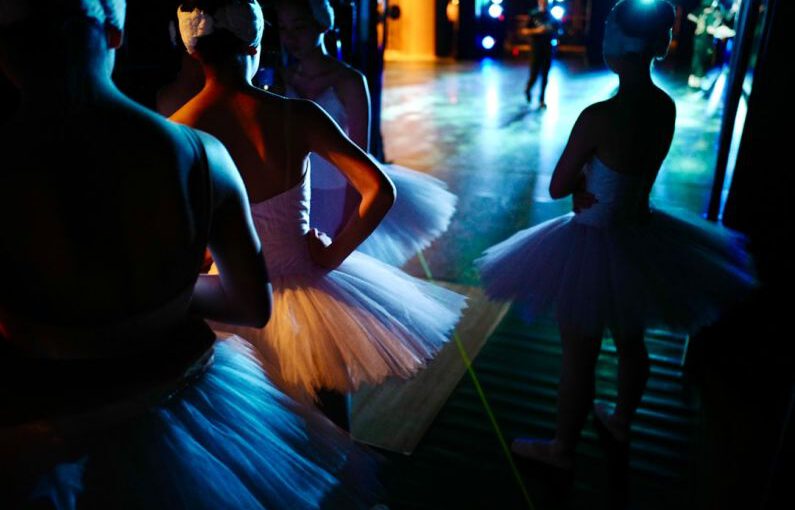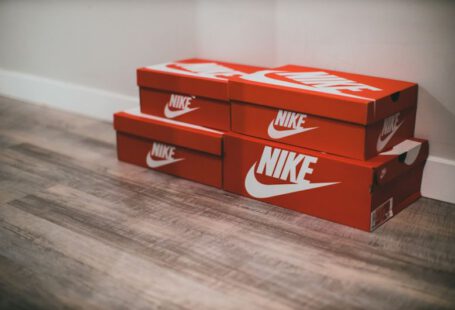Ballet Shoes: A Journey Through Time
Ballet shoes have long been an essential element of a dancer’s attire, playing a crucial role in both form and function. Over the years, these shoes have evolved significantly, reflecting changes in dance styles, materials, and manufacturing techniques. From the humble beginnings of simple slippers to the innovative designs of today, the evolution of ballet shoes is a testament to the artistry and craftsmanship of the dance world.
The Early Years: The Birth of Ballet Shoes
In the early days of ballet, dancers wore soft slippers with thin soles that provided minimal support and protection. These early ballet shoes were designed to be lightweight and flexible, allowing dancers to move with grace and precision. Made from satin or silk, these delicate shoes were often adorned with ribbons that tied around the ankle, adding a touch of elegance to the dancer’s ensemble.
The Transition to Pointe Shoes
As ballet techniques became more advanced, dancers began to experiment with dancing on their toes, leading to the development of pointe shoes. Pointe shoes feature a reinforced toe box that allows dancers to support their body weight on the tips of their toes, creating the illusion of floating on air. This innovative design revolutionized ballet performance, enabling dancers to execute breathtaking leaps, turns, and balances with ease.
The Rise of Technological Advancements
In recent years, advancements in technology have transformed the way ballet shoes are designed and manufactured. Traditional materials like satin and silk have been replaced with more durable and breathable fabrics, such as canvas and leather. These modern materials provide dancers with greater support and flexibility, allowing them to push the boundaries of their artistry.
Furthermore, advancements in shoe construction have led to the development of split-sole ballet shoes, which feature separate soles for the ball and heel of the foot. This design offers dancers increased flexibility and articulation, enabling them to move more fluidly and expressively on stage.
Innovative Designs and Customization
Today, ballet shoe designers are pushing the boundaries of creativity with innovative designs and customization options. Dancers can now choose from a wide range of colors, patterns, and embellishments to personalize their shoes and make a statement on stage. From glittering sequins to bold prints, these bespoke ballet shoes add an extra layer of artistry to the dancer’s performance.
Furthermore, some ballet shoe manufacturers offer custom fitting services, allowing dancers to create shoes that are tailored to their unique foot shape and size. This level of customization ensures that dancers have the support and comfort they need to perform at their best, without compromising on style or aesthetics.
The Future of Ballet Shoes
As ballet continues to evolve and adapt to changing trends and technologies, the future of ballet shoes looks promising. With a focus on innovation, sustainability, and performance, ballet shoe designers are constantly exploring new materials, techniques, and designs to enhance the dancer’s experience on stage.
One exciting development on the horizon is the integration of wearable technology into ballet shoes, such as sensors that track a dancer’s movements and provide real-time feedback on technique and performance. This cutting-edge technology has the potential to revolutionize the way dancers train and perform, offering valuable insights that can help them reach new heights of artistry and skill.
In conclusion, the evolution of ballet shoes is a testament to the enduring legacy of this timeless art form. From the simple slippers of the past to the high-tech designs of the future, ballet shoes continue to inspire and captivate audiences around the world. As dancers push the boundaries of their artistry and creativity, ballet shoes will undoubtedly remain an essential tool in their quest for perfection and beauty on stage.





